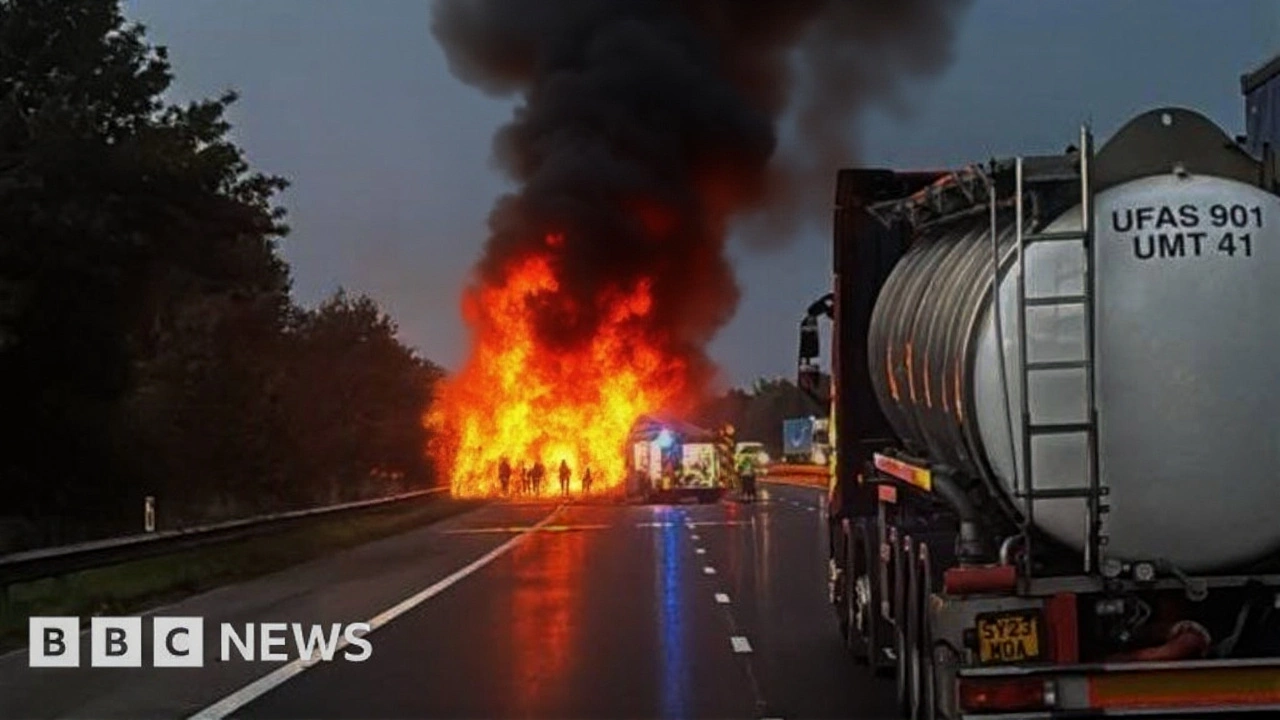National Highways
When talking about National Highways, the state‑run agency that plans, builds and maintains major road arteries across the UK. Also known as the highway authority, it oversees everything from new motorway projects to routine resurfacing. Road infrastructure is one of its core responsibilities, covering bridges, tunnels and service areas. Traffic management tools such as variable speed limits and smart signage sit under its control to keep flow smooth. Finally, Transport policy sets the funding rules and environmental targets that guide every decision. In short, National Highways encompasses road infrastructure, requires sophisticated traffic management, and is shaped by national transport policy. These three pieces interlock: better traffic management improves road safety, while transport policy influences how much money flows into highway upgrades.
Why the network matters for Wales
Even though the agency is UK‑wide, its work hits Welsh drivers hard. The Welsh Government coordinates with National Highways to align regional priorities, especially on projects that cut travel times between Cardiff and the north. When traffic management systems detect congestion on the A55, they trigger lane‑control signals that reduce bottlenecks and lower accident risk – a direct link between traffic management and road safety. Safety statistics show that smoother flow cuts severe collisions by up to 20 %, proving the predicate “effective traffic management improves road safety.” Funding decisions driven by transport policy decide whether a new bypass gets built or an old bridge gets repaired, making the policy‑funding‑infrastructure chain crucial for everyday commuters. Local councils also rely on National Highways to provide data for planning cycle routes and public transport links, showing how the agency’s scope stretches beyond cars alone.
Looking ahead, the next wave of smart highway technologies promises to reshape the landscape. Sensors embedded in pavement will feed real‑time data to traffic control centres, allowing dynamic speed adjustments that further cut emissions and improve safety. Environmental goals set by transport policy aim to cut carbon from road travel by 30 % by 2030, meaning infrastructure projects now include electric‑vehicle charging corridors and wildlife crossings. All these trends – smarter traffic management, greener road infrastructure, and tighter policy targets – create a network of cause‑and‑effect relationships that keep the system evolving. Below you’ll discover a mix of stories that touch on everything from funding debates and safety campaigns to fan‑focused travel tips, giving you a well‑rounded view of how National Highways impacts sport fans, daily commuters and the wider Welsh community alike. Ready to dig into the details? The articles that follow unpack each angle and show how the highway system shapes life on and off the pitch.

M5 shut after transporter fire engulfs nine electric cars in Devon
- Oct, 6 2025
- 0
A fire on a transport truck carrying nine electric cars forced the M5 near Exeter to shut, sparking traffic chaos and highlighting the unique dangers of lithium‑ion battery fires.
Categories
- Sports (5)
- World News (5)
- Entertainment (4)
- Sports and Recreation (3)
- Sports Commentary and Analysis (2)
- Sports Analysis (2)
- Sports History (1)
- Sports and Culture (1)
- Sports and Fitness (1)